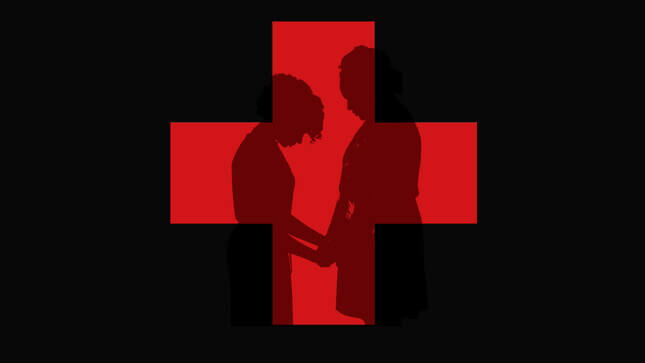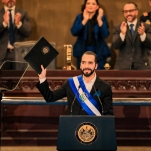The Aspiring Animator Who Can Live at Home Because of Medicaid


The Senate version of the bill to repeal and replace the Affordable Care Act, like the House version before it, is a cruel piece of legislation. It is projected to force 22 million people off their insurance. It offers smaller subsidies for worse coverage. It hands a massive tax cut to wealthy people who already don’t pay enough in taxes.
It also aims to cut Medicaid by $772 billion over ten years, and introduces spending caps to limit coverage for those who aren’t kicked off the program outright. Of all the provisions contained in the bill, the changes to Medicaid are the most sweeping and catastrophic.
In 2015, 97 million people received health coverage through Medicaid. Nearly half of them were children. These are the people who will lose coverage, or see it weakened or capped, if the bill goes through as written. These are the stories behind those numbers.
I talked to Zahra, who has autism and was previously living in a group home, and her mother, Diana, about the Medicaid-funded self-directed services that allow Zahra to live in her own home. Their responses have been condensed and lightly edited.
Zahra, 27, New York
I never thought there’d be anything like this. My life has transformed immensely. I was in a group home with people who had no idea what to do with me or how to help me. I am not saying they were bad people, but a lot of them mistreated me. It was demeaning. Because of my issues with paranoia and a lot of my issues with anger, because I had no help with that, I was getting in fights with people in my group home.
-

-

-

-

-

-

-

-

-

-

-

-

-

-

-

-

-

-

-

-

-

-

-

-

-

-

-

-

-

-

-

-

-

-

-

-

-

-

-

-

-

-

-

-

-

-

-

-

-

-

-

-

-

-

-

-

-

-

-

-

-

-

-

-

-

-

-

-

-

-

-

-

-

-

-

-

-

-

-

-

-

-

-

-

-

-

-

-

-

-

-

-

-

-

-

-

-

-

-

-

-

-

-

-

-

-

-

-












































































































